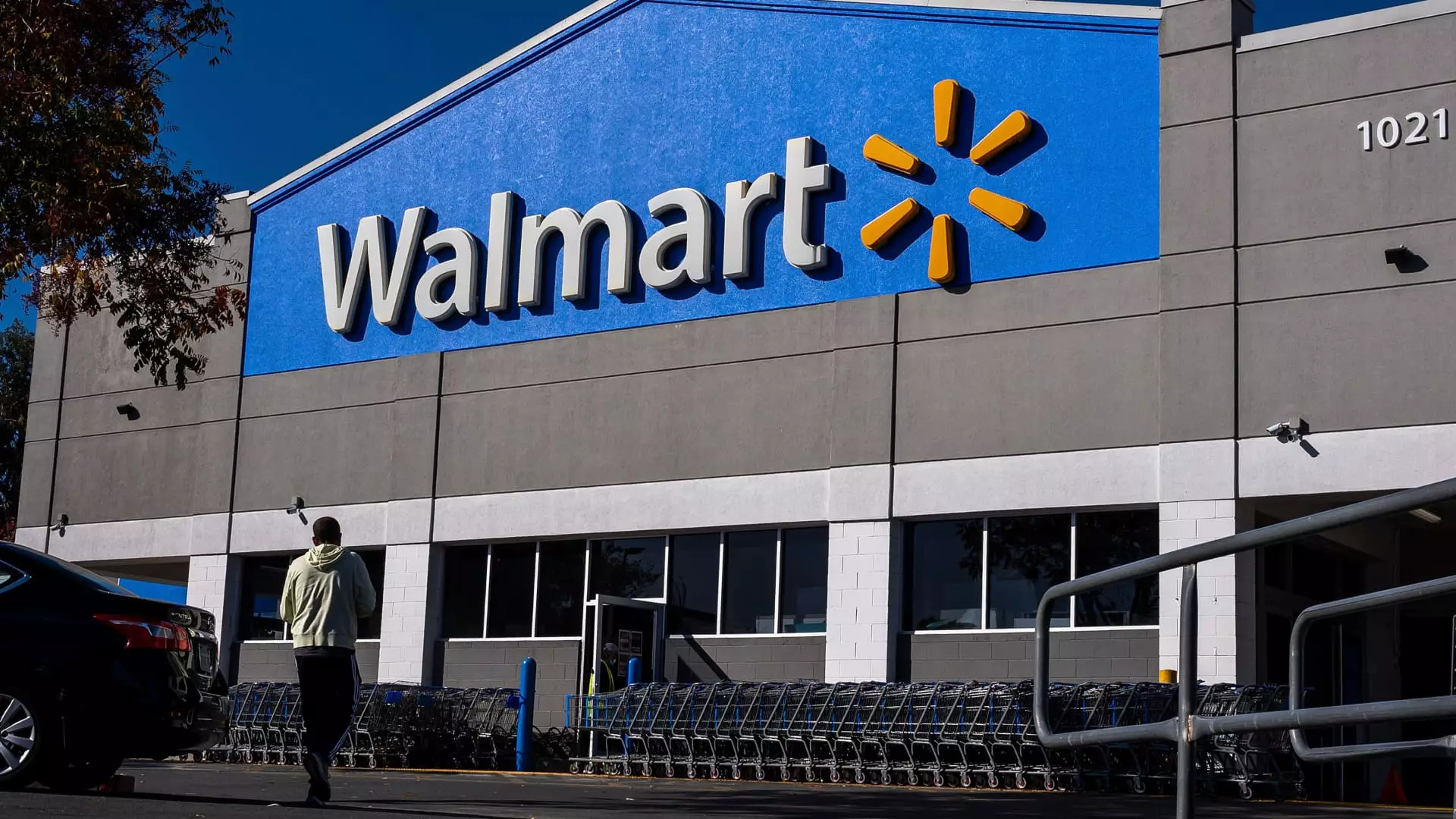The recent statements from Walmart’s CFO, John David Rainey, regarding the potential impact of proposed tariffs highlight a significant concern for the retail sector and the American consumer. As the landscape of international trade potentially shifts under the new administration, retail giants are bracing themselves for what might prove to be a tumultuous period. Rainey’s comments came in the wake of increased earnings and sales forecasts for Walmart, indicating that even in the midst of financial success, the uncertainties tied to trade policies loom large.
Rainey’s assertion that prices may need to rise on certain items is troubling, especially for a retailer like Walmart that prides itself on its “everyday low prices” model. The prospect of price hikes feels counterintuitive to their brand identity, which is built on affordability. This conundrum underscores a tension within the retail sector as businesses face pressures from potential tariffs on imports. The implications of price increases reach beyond corporate quarterly results; they threaten to affect everyday consumers who are already navigating a fragile economic landscape post-pandemic.
During the presidential campaign, Donald Trump made bold promises of imposing substantial tariffs on imports, which resonates with a protectionist stance that can initially seem beneficial for domestic industries. However, such measures create a ripple effect throughout the economy. Matthew Shay, CEO of the National Retail Federation, aptly described the consequences of these tariffs as a “tax on American families.” This statement merits closer examination as it encapsulates the larger economic narrative: a battle between protecting national interests and safeguarding consumer purchasing power.
Walmart is not alone in its apprehension; other retailers, like E.l.f. Beauty and Steve Madden, have echoed similar concerns about the financial implications of tariffs. The mention of significant price increases reflects a broader concern throughout the retail industry. E.l.f. Beauty’s CEO, Tarang Amin, explicitly stated that their ability to keep prices steady could be compromised, indicating that higher duties could lead directly to increased retail prices.
Furthermore, Steve Madden’s strategy to reduce imports from China by nearly half is a tactical response to mitigate the financial risk associated with tariffs, showcasing the lengths to which companies are willing to go to shield themselves from potential losses. This strategic pivot also emphasizes the growing trend in supply chain diversification, a crucial element that retailers like Walmart have adopted to reduce reliance on any single country, especially one as economically volatile as China.
Both Rainey and Lowe’s CFO, Brandon Sink, expressed their readiness to navigate these uncertain waters. Rainey’s mention of Walmart’s experience under a tariff environment for seven years illustrates the company’s adaptation strategies in the face of economic challenges. The sentiment of preparedness is a key theme for retailers; it highlights a willingness to collaborate with suppliers and adjust product assortments strategically. This adaptability could be crucial in facing the potential repercussions of new tariffs.
However, despite these proactive measures, the concern remains that consumers ultimately bear the brunt of these economic policies. With inflation already modestly under control, the reintroduction of significant tariff-induced price increases has the potential to destabilize the delicate balance that has been achieved. It raises questions about how policymakers are weighing the benefits of tariffs against their effects on American families, particularly in a time when every dollar counts for consumers aiming to stretch their budgets further.
The anticipated tariffs propose a complex challenge for the retail sector, stirring debates on the balance of protecting domestic interests while ensuring consumer affordability. As Walmart and other retailers navigate this turbulent landscape, the interplay between supply chain management, pricing strategies, and consumer expectations will be critical.
Ultimately, the evolving response from retailers will determine not just their fates in the face of policy changes, but also the daily lives of consumers who depend on accessible and affordable products. As more retailers disclose their strategies and impacts, a clearer picture will emerge about the future of retail post-tariff discussions. The evolution of the retail landscape amidst such uncertainties offers a vivid reminder of the intertwined nature of global trade and local economies.

Leave a Reply